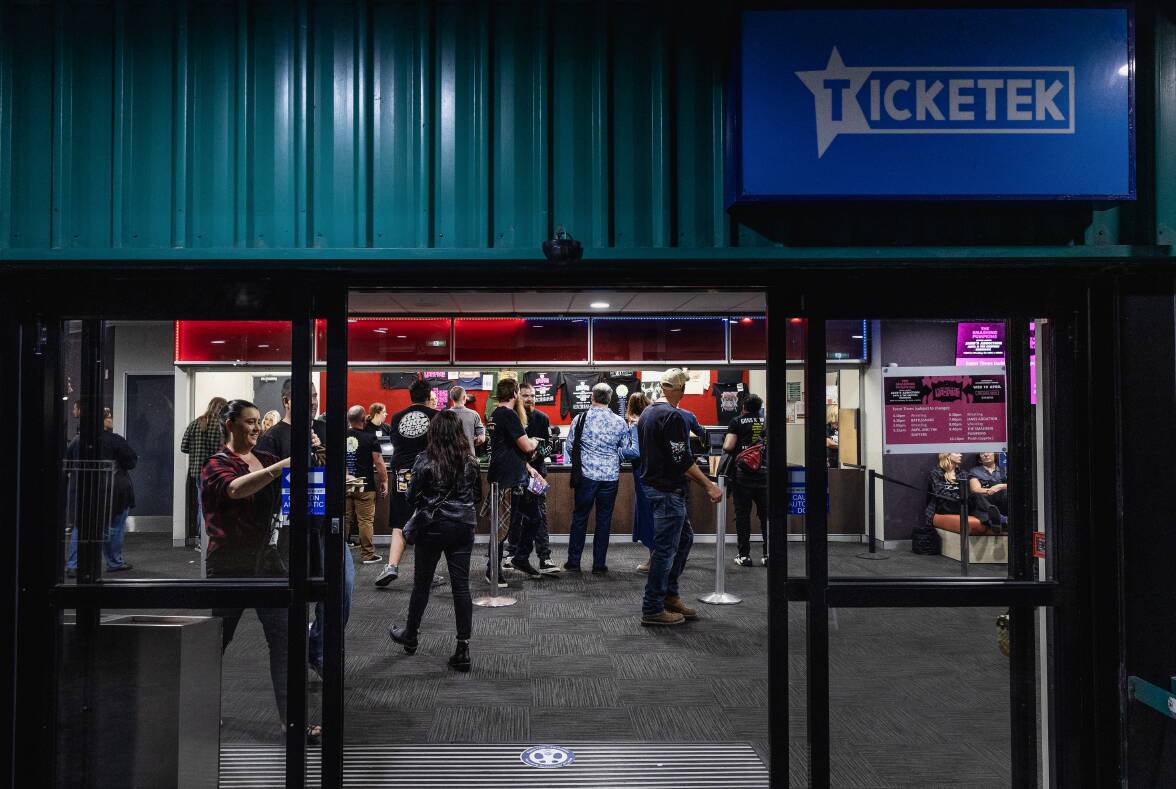
For all the high-level numbers in Tuesday's budget, what does it actually mean for people in the Hunter?
The new Labor regime has cut spending to bring down debt so it can fund programs into the future.
It's a well worn path for new governments to keep something up their sleeve for the next election, but, in this case, it's hard to argue that state debt repayments are not climbing.
The result in the short term is that there is little new money for the Hunter.
The government has kept the cash flowing for large established projects such as the inner-city bypass, John Hunter Hospital and $1.5 billion of joint state and federal funds for the M1 extension to Raymond Terrace.
These projects promise to cut travel times and improve health care services in the next five years.
But anyone hoping to catch a tram to Broadmeadow or watch Paul McCartney or a National Basketball League game in a shiny new entertainment centre or travel by train a bit faster to Sydney will have little cause to celebrate.
Anyone wanting to buy or rent a house also may find limited appeal in this budget, whose ambitions of delivering social and affordable dwellings appear modest.
Many teachers, nurses and other public servants will enjoy a healthy pay rise, and the government hopes its investments in energy transition will help lower power bills.
The growing Medowie population may expect to see a new public high school in the next four years, but the nearby Nelson Bay Road duplication and much-needed Mandalong Road upgrade at Morisset are still in the slow lane.
Big new infrastructure projects can take some time to deliver, but the Hunter community can rightly question why so much happens with such relative haste in Sydney.
A quick look at some of the new and ongoing infrastructure highlights in forward estimates shows what is happening at the other end of the freeway.
There's $13.7 billion over four years for Sydney Metro West, $7.9 billion for Sydney Metro to Western Sydney Airport, $4.7 billion for the Western Harbour Tunnel Upgrade, $3.3 billion for Sydney Metro City and Southwest, $3 billion for Connecting Sydney Roads, $1.3 billion for the new Bankstown Hospital, $1 billion for Nepean Hospital and $3.5 billion for western Sydney schools.
It remains to be seen whether the state and federal governments' attempts to increase social and affordable housing supply work.
The budget includes $1.5 billion from the Housing and Productivity Contribution for enabling infrastructure for new housing in Sydney, the Central Coast, Lower Hunter and Illawarra.
The Hunter's social housing waiting list is 4500, and some of the region's existing social housing stock is run-down and outdated.
The government's commitment to build 1500 social housing dwellings over the next five years across NSW using $610 million of the federal Social Housing Accelerator Agreement prompted peak body Homelessness NSW to describe the offering as "crumbs".
"NSW has a shortage of 221,500 social and affordable homes, rents are hitting record highs and demand for homelessness services soared 10 per cent in the first three months of this year," the organisation said.
The Minister for the Hunter, Yasmin Catley, said the Minns government was "investing in the future of the Hunter and its people" with a budget which boosted essential services, supported education, ensured people had access to healthcare and built and maintained roads.
The Swansea MP listed the new Medowie High School, planning for Huntlee High School, restoring the John Hunter Hospital shuttle bus to Hunter Stadium, $3 million to Dungog Council and $950,000 for a separated cycleway at Islington as budget items which made "significant progress" on Labor's election promises.
She also pointed to $3.6 million for "local commitments", including playgrounds, youth mental health services, floodlights, community buses and cooking classes for people with a disability.
"For too long the Hunter has had to fight for its fair share of funding," Ms Catley said.
"This budget prioritises people, services and projects to ensure our great region can thrive now and into the future.
"People are the backbone of the Hunter, from our frontline workers to our teachers and everyone in between. These people are heroes who deserve recognition which they're finally getting under the Minns Labor government."
Committee for the Hunter chief executive Alice Thompson had a different view, suggesting local MPs might be "ducking for cover" after a budget which she said had failed to harness the region's potential to "grow the economy, provide housing and improve living standards for all NSW citizens".
Business Hunter welcomed government spending on energy transition, much of which will end up in the Hunter, and housing investment while noting the lack of "capital works or development initiatives" at Hunter Park and the absence of a commitment to stage two of the John Hunter project.
Not only did the budget leave some long-awaited infrastructure funding unmet, it deleted potentially beneficial projects such as the Williamtown Special Activation Precinct and fast rail from the state's agenda.
Critics of the SAP decision say the admittedly complicated project would have been a huge jobs driver in a growing sector of the Hunter economy.







